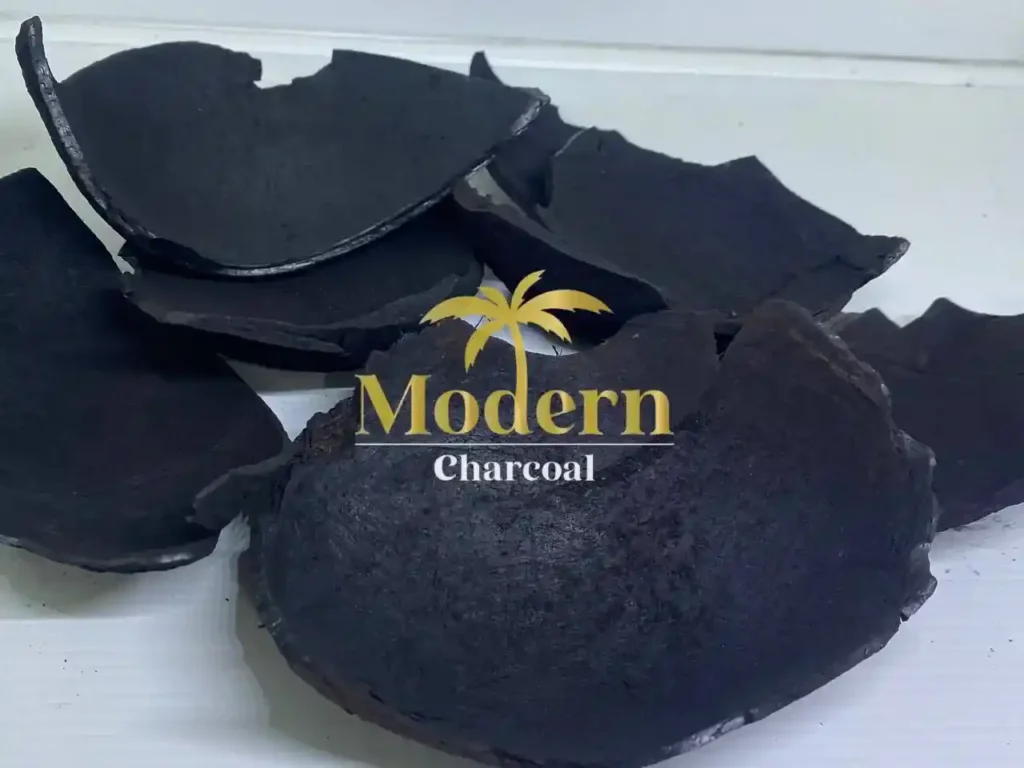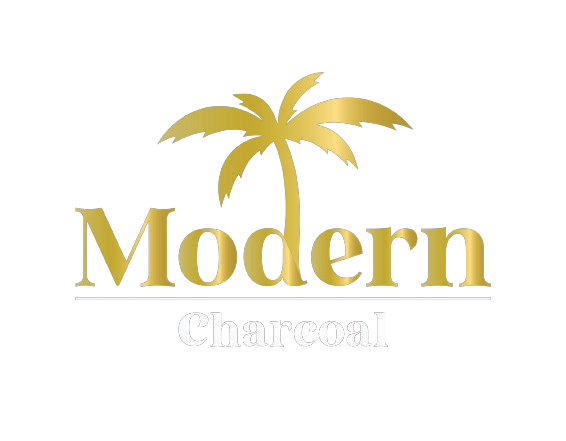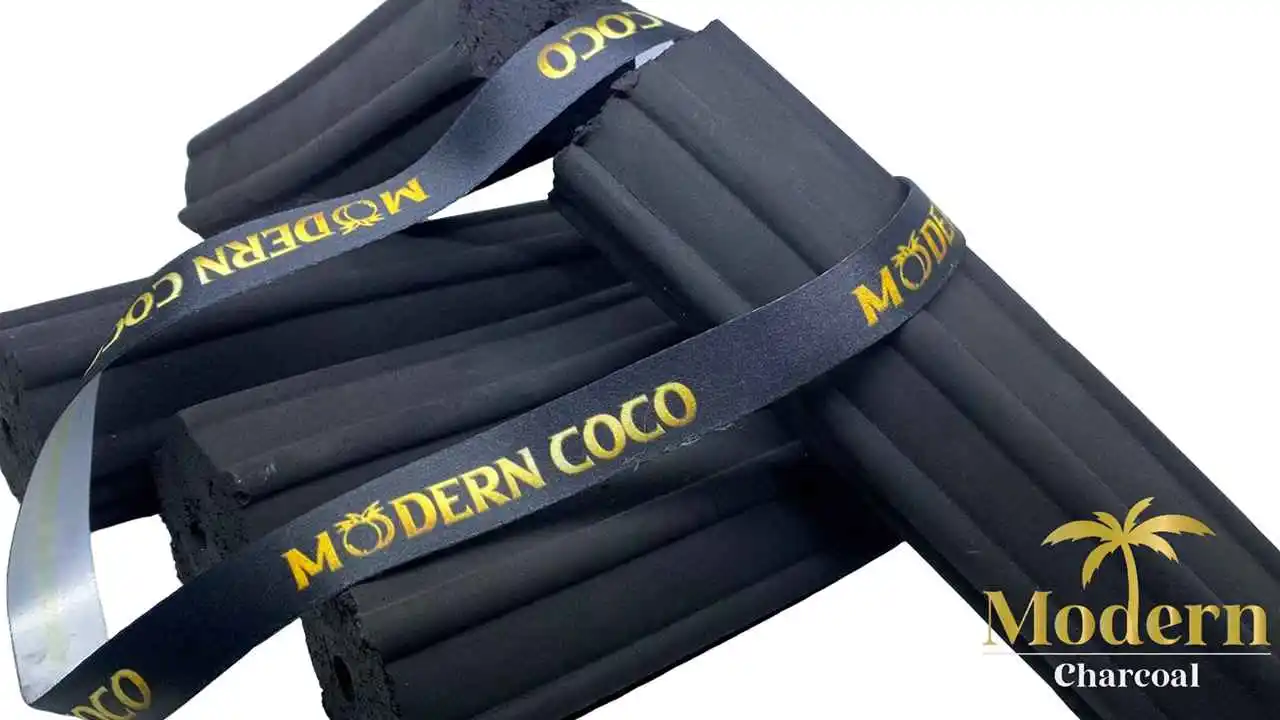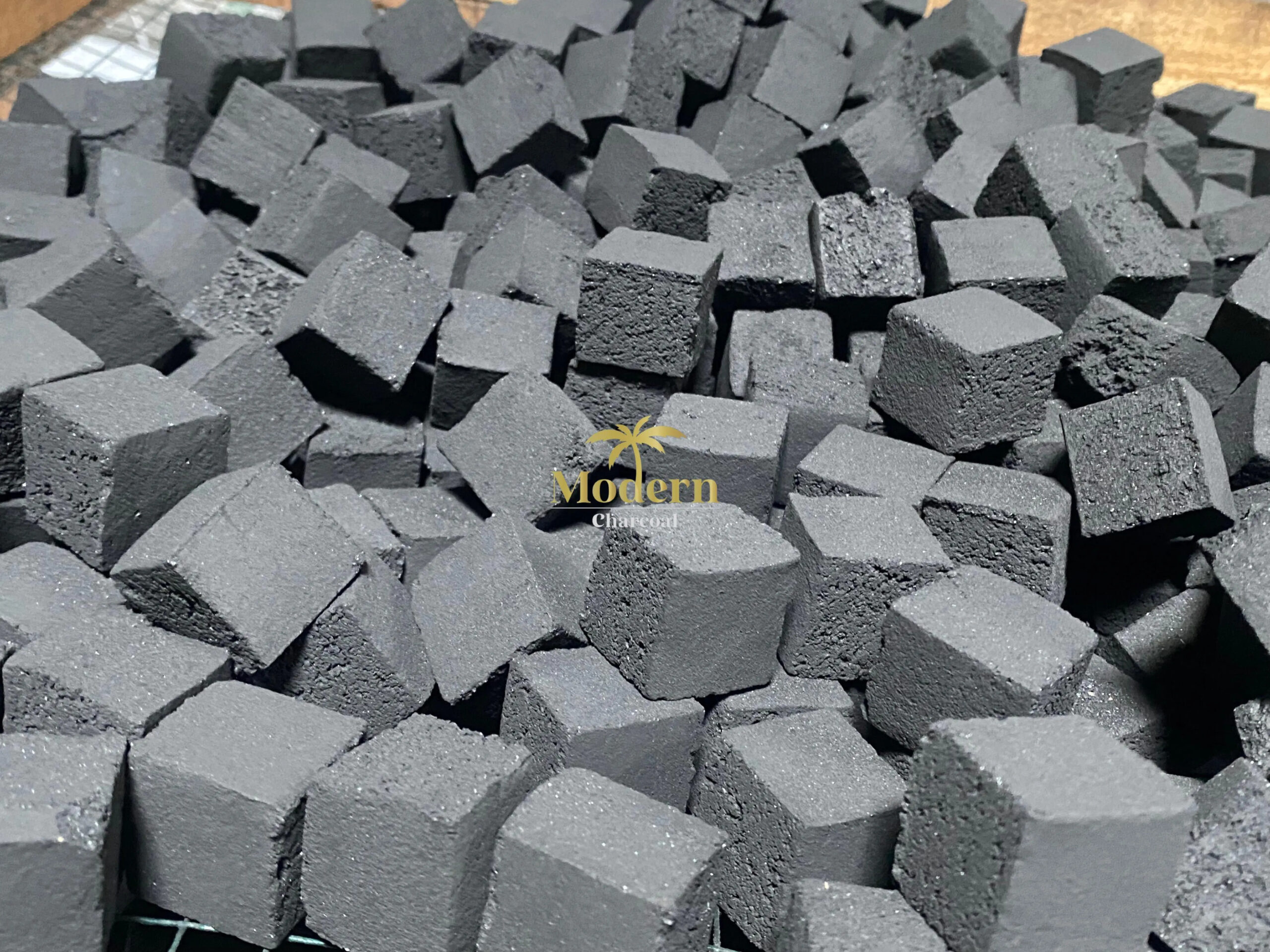Charcoal is one of the best way for grilling that combines the right ingredients, tools, and techniques to create delicious meals. One crucial aspect of mastering the grill, especially when using charcoal, is understanding how to arrange the charcoal properly. This not only affects the cooking temperature but also influences the flavor and outcome of your grilled foods. In this guide, we’ll explore the best practices for arranging charcoal before grilling, ensuring your next barbecue is nothing short of spectacular. Charcoal grill is a cherished tradition and a popular method of cooking that dates back centuries. The allure of charcoal grilling lies in its ability to infuse food with a distinct smoky flavor that’s hard to replicate with other cooking methods. Whether it’s a backyard barbecue, a family gathering, or a camping trip, charcoal grilling brings people together over delicious, flame-cooked meals. This article explores the essentials of charcoal grilling, including its benefits, types of charcoal grills, how to light and maintain the grill, cooking techniques, and tips for mastering the art of charcoal grilling.

Understanding Your Grill and Charcoal Types
Before diving into the arrangement of charcoal, it’s important to familiarize yourself with your grill and the types of charcoal available. Grills come in various sizes and designs, each requiring a slightly different approach. Similarly, charcoal is available in lump charcoal and briquettes, each with its own set of characteristics. Lump charcoal tends to burn hotter and faster, while briquettes offer a more consistent and longer burn.
Arranging Charcoal for Direct and Indirect Grilling
Direct Grilling
Direct grilling involves cooking food directly over the charcoal, perfect for searing meats or cooking smaller items that require high heat.
1. Even Spread Method: After lighting your charcoal, use grill tongs to spread the coals in a single, even layer across the grill bottom. This method is ideal for cooking burgers, steaks, and vegetables that benefit from consistent, direct heat.
Indirect Grilling
Indirect grilling is suitable for larger cuts of meat or foods that need to be cooked slowly to avoid burning.
1. Two-Zone Method: Divide your grill into two zones by arranging the charcoal on one side of the grill only. Place the food to be cooked on the opposite side, away from the direct heat. This method allows for slow cooking and is perfect for roasts, whole chickens, or other large items.
2. The Ring of Fire: Arrange the charcoal in a circle around the edge of the grill, leaving the center empty. This setup is excellent for a more controlled indirect heat, ideal for foods that require a gentle cook over a longer period.
Lighting Your Charcoal
Regardless of the arrangement you choose, properly lighting your charcoal is key. Use a chimney starter for an efficient and environmentally friendly way to light your charcoal. Fill the chimney with the necessary amount of charcoal, place a few starter cubes or crumpled paper underneath, and light it. Once the charcoal is ashed over (typically 15-20 minutes), carefully pour it onto the grill in your desired arrangement.
Monitoring and Adjusting Temperature
The arrangement of your charcoal affects the grill’s temperature. For direct grilling, spread the coals out or pile them higher for more heat. For indirect grilling, adjust the distance between the food and the coals. Use vents to control airflow and temperature; opening vents will increase heat, while closing them will reduce it.
The concept of charcoal briquettes was born out of necessity. In the early 20th century, Henry Ford, in collaboration with Thomas Edison, developed the charcoal briquette from the wood scraps and sawdust of Ford’s automobile factory. Ford’s idea was to create a use for waste products by turning them into a product that could be sold to consumers. Thus, the charcoal briquette was not only an innovative recycling effort but also a new commodity for outdoor cooking.
While most commonly associated with backyard barbecues, charcoal briquettes have a range of other applications. They are used in industrial processes that require a clean and consistent heat source, such as metal smelting and production of non-ferrous alloys. In developing countries, charcoal briquettes are an important fuel source for cooking and heating, particularly in areas where wood or other fuel sources are scarce. Their low smoke production compared to raw wood makes them a preferable option in enclosed spaces.
Grilling enthusiasts know that the heart of any successful barbecue lies in the choice of charcoal briquettes. These compact, blackened nuggets of fuel hold the power to transform mundane cuts of meat into savory delights bursting with smoky flavor. But with a myriad of options lining the shelves, selecting the right charcoal can be a daunting task. Fear not, for we’ve curated a guide to help you navigate through the sea of choices and uncover the best charcoal briquettes for your grilling adventures.
Conclusion
Arranging charcoal correctly before grilling can transform your barbecue experience. Whether you’re searing steaks with the direct method or slow-roasting a chicken using indirect heat, understanding these techniques ensures delicious results every time. Remember, the key to great grilling lies in managing the heat source effectively. So, grab your charcoal and get ready to impress at your next barbecue!



